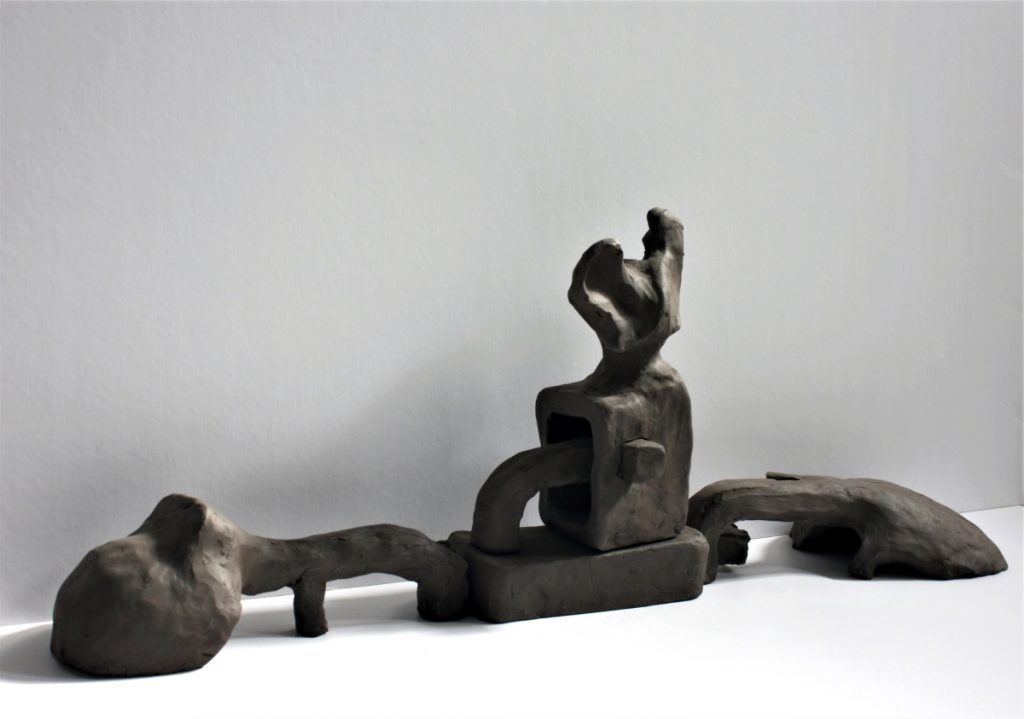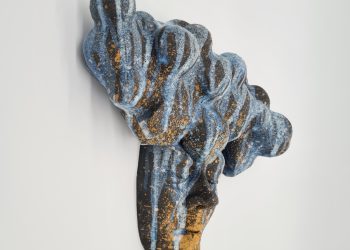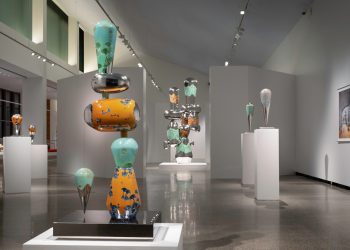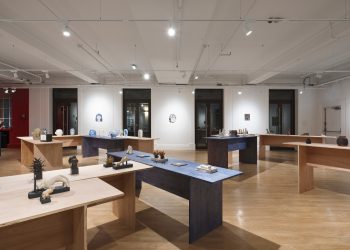Waleed R. Qaisi is a ceramic artist who lives and works in Amman, Jordan. Born in Baghdad, Iraq, he received his diploma in Fine Arts at the University of Baghdad in 1985.
Waleed R. Qaisi has participated in numerous exhibitions across the world, and his works are now part of international collections at museums such as the Jordan National Gallery of Fine Arts in Amman, Sharjah Art Museum in UAE, Guldagergaard – International Ceramic Research Center in Denmark, Fule International Ceramic Art Museum in China, or the International Ceramics Studio in Hungary. He is also a member of the International Academy of Ceramics.
Waleed R. Qaisi’s work involves the recording of major events or the depiction of terrible scenes of wars and conflicts. His installations are haunted by obsessions of hell – in the spiritual meaning – that cannot get rid of their nightmares except through art. It is a precondition that the artist is honest, free and liberated to be able to depict such honesty in his works. This presents a big challenge for Arab artists and also for modern Arab art to a large extent. Waleed R. Qaisi, in his representations, is firstly expressing himself and secondly is participating in transferring facts and recording them, both actions that cannot be separated from each other.
Haydar Audeh, A Biography of Hell, 2021. Translated by Khaleda Sweileh. Haydar Audeh is a theater composer, director, and art critic.
Visit Waleed R. Qaisi’s Instagram page.
Featured work
Selected works, 2004-2020

I need to feel and capture life in front of my eyes. Actually, I have the desire to grasp everything that penetrates me through the eye and the skin.
In every moment, an idea is evolving and able to cross into art. I believe that there is always a relationship between the elements of the destruction and the destruction itself. Destruction is well known to me, it is the sensational experience and the vitality that pushes me towards various trends. From this point, a concept is presented which is using a concept to express the idea, materials for building the idea, abstraction in executing the idea, and repetition in order to enter the idea’s system.
At this point I start to ask myself questions: Why did I choose this style to express my thoughts? Why did I choose this material? Why do I respect my work? All these questions keep on struggling inside me while I’m working. All these are observing the harmony inside the moment. That’s why my artwork does not grow according to a previous intellectual plan, but it grows by instant decisions that are part of my intuition.














